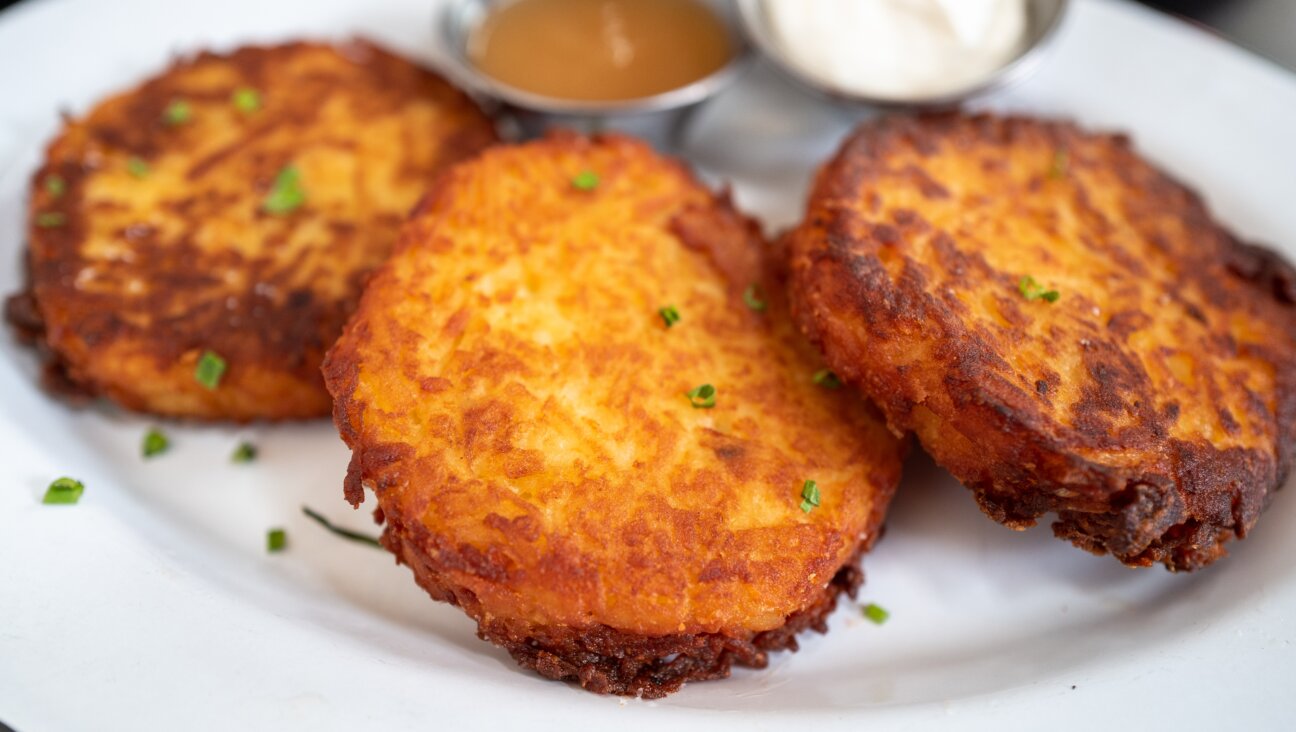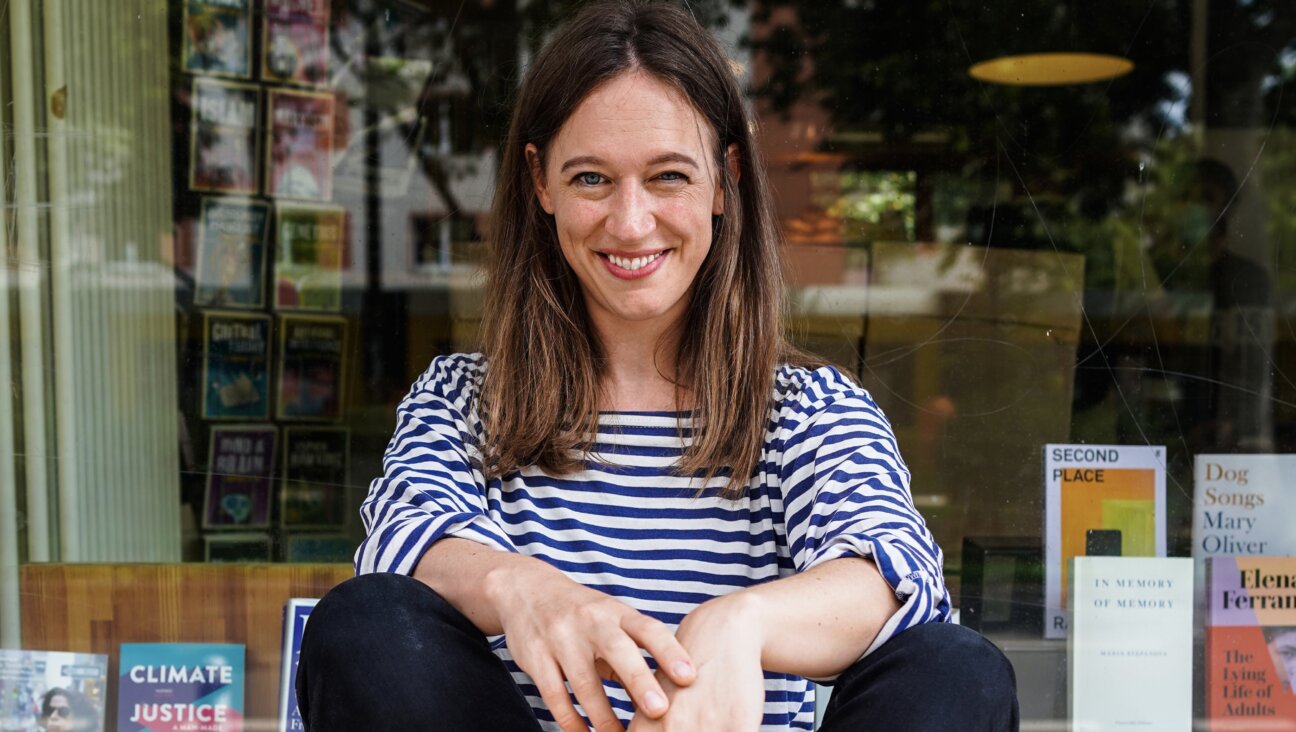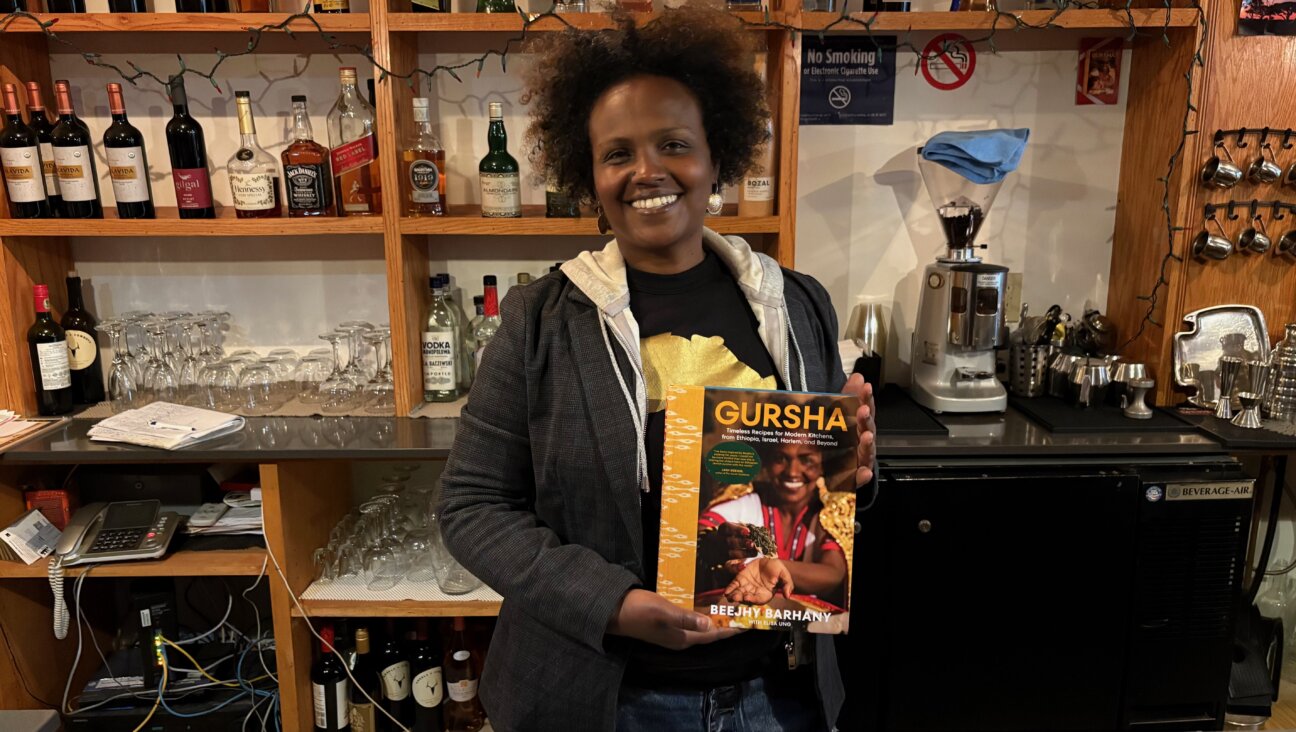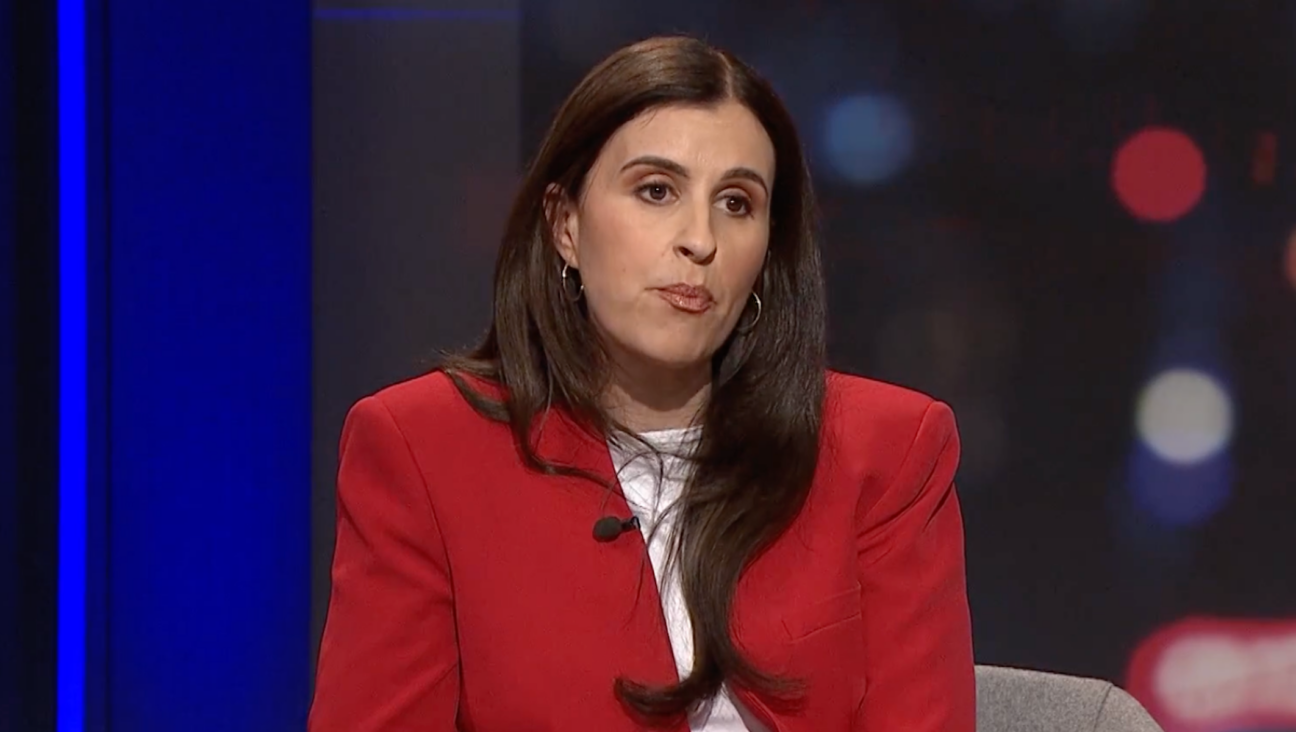What “Israeli Soul” Is Made Of: Trying Michael Solomonov’s New Cookbook

Graphic by Angelie Zaslavsky
When I get Michael Solomonov, the James Beard Award-winning chef of Philadelphia’s Zahav, on the phone, my first question is, “What do you mean by Israeli soul?” I ask because we’re discussing the new cookbook he co-wrote with his business partner, Steven Cook, “Israeli Soul: Easy, Essential, Delicious.”
The soul of Israeli cuisine, Solomonov and Cook write, “lies in the journey these foods have taken to the ends of the earth and back, to be woven together in a nascent culture that is both ancient and modern.”
Okay, but how to describe the soul of the place, a country full of cultures and contradictions?
I’ve interviewed Solomonov a number of times, and he’s always been open and honest and real. But never particularly loquacious. (In person, perhaps. In phone interviews, not so much.) But when you name your book “Israeli Soul” — and when Israel is so much a part of yours, as it clearly is with the Israeli-born Solomonov — one might assume that you’ve given the concept a great deal of thought.
And one would be right.

“There are the senses that capture you when you’re over there,” he tells me, “the smell of the lamb fat dripping on the charcoal, and the excessive tahina that is at once bitter and mature, at once abrasive and tannic and creamy and rich and nutty. And in one bite you’re sort of carried through years of Diaspora, millions of Shabbat dinners; the Palestinian, the Druze, the Bedouin; the convergence of the spices and the silk road; the hundreds of cultures that have gone back to their homeland; the Mediterranean, the sea of Galilee, the Red Sea, the snow in the north, the dessert in the south, and the modern and ancient birthplace of winemaking and agriculture. And if you can intensify it and pressure cook it with the birthplace of monotheism and the dirt and the sun and the land, and you can bottle that up, that’s really what Israeli soul is.”
Can I have an amen?
Though that was only my first question, Solomonov and I joked that we could end the conversation right there. He had succeeded in capturing the elusive concept of Israeli soul in a very eloquent homily. And with the cookbook, that soul is captured in an extensive collection of recipes — for classic street foods like falafel, shawarma, sabich and kabobs; for restaurant dishes such as salads, soups and stews, and for breads and pastries made in homes and bakeries across the land.
Over a period of eight days, the team working on the cookbook — Solomonov, Cook, photographer Michael Persico and cookbook producer Dorothy Kalins — consumed 82 meals throughout Israel. The book introduces the restaurants and chefs; the carts, market stalls and vendors, and offers the history of each eatery, dish and person.
If “Israeli Soul” sounds dense, it’s not. It’s comprehensive but easy to consume; full of enticing food shots and beautiful images of Israeli cities and towns, markets and restaurants and the people who populate them. And it’s written in the distinctive voices — often funny, sometimes edgy, always fast-paced and knowledgeable — of Solomonov and Cook. (The pair have also published “Zahav: A World of Israeli Cooking” and “Federal Donuts: The (Partially) True Spectacular Story.”)
Take the discussion of falafel and whether or not it’s Israeli or Middle Eastern. In their inimitable way, Solomonov and Cook put the question to rest. Sort of.
“For people trying to understand Israeli cuisine,” they write, “falafel is a conundrum, because it is both demonstrably Israeli and not Israeli.”
They explain that while falafel is the unofficial national dish, it didn’t originate in Israel. “Like pizza and ramen,” they write, “falafel is now a global phenomenon…. Does anyone care that in Japan they eat pizza with corn and mayonnaise? So back to the original question: Is falafel Israeli? Yes. And No. And does it matter?”
The accompanying falafel recipe, complete with vivid how-to images, is the one they use at Goldie, Solomonov and Cook’s latest restaurant, which serves just falafel, fries and tahini-based shakes.
The same debate that’s been had over falafel — whether or not it can rightly be called “Israeli food” — is a running conflict with regard to so many other dishes. I asked Cook about the question of culinary cultural appropriation versus the idea that the new cookbook, and food in general, might act as a sort of bridge.
“Food can be a pretty powerful metaphor for what makes a culture strong,” he said. “A lot of people’s gut reaction when you say Israeli food: A big equals sign flashes to Middle Eastern food. But so much of Israeli food came through immigration from places that are nowhere near the Middle East. Food on the table in Israel is sort of a metaphor for how to build a strong culture quickly. People communicate through food. To find things that came from Yemen that are now part of every Israeli citizen’s culinary vernacular — food is conducive to weaving that fabric in a culture that maybe other realms aren’t quite as good at.”
Another ubiquitous food that’s either a symbol of symbiosis or of appropriation, depending on whom you ask, is hummus. The “Israeli Soul” version will likely be the recipe readers make most often. Called 5-Minute Hummus With Quick Tehina Sauce, it is made entirely in the food processor, no bowls or pots to clean; not even a measuring cup, since the recipe calls for a whole 16-ounce jar of tahini.
“As much as we want to highlight other things in the book,” Cook said, “hummus is something that most people like; it’s highly cookable and it’s a great canvas for so many other things. You don’t have to soak the chickpeas 24 hours in advance or tend to them as they cook. Is it the same as cooking from dried chickpeas? No. But it’s delicious. If you get the right size tahini jar, you don’t even have to measure. We kind of developed it around that size jar.”
In this way, “Israeli Soul” manages to be both entirely accessible and deeply informative, a collection of recipes adapted for the home cook as well as a culinary travelogue for readers to use, whether from their living room armchair or on a trip to Israel.
“We’re tour guiding people through something that is either slightly abstract or very personal,” Solomonov said, “and what we’re doing is opening this door and inviting people in.”
With the new book, they can discover Israeli soul for themselves.
Liza Schoenfein is a senior food writer at the Forward and the author of the blog Life, Death & Dinner. Follow her on Instagram. @LifeDeathDinner

















